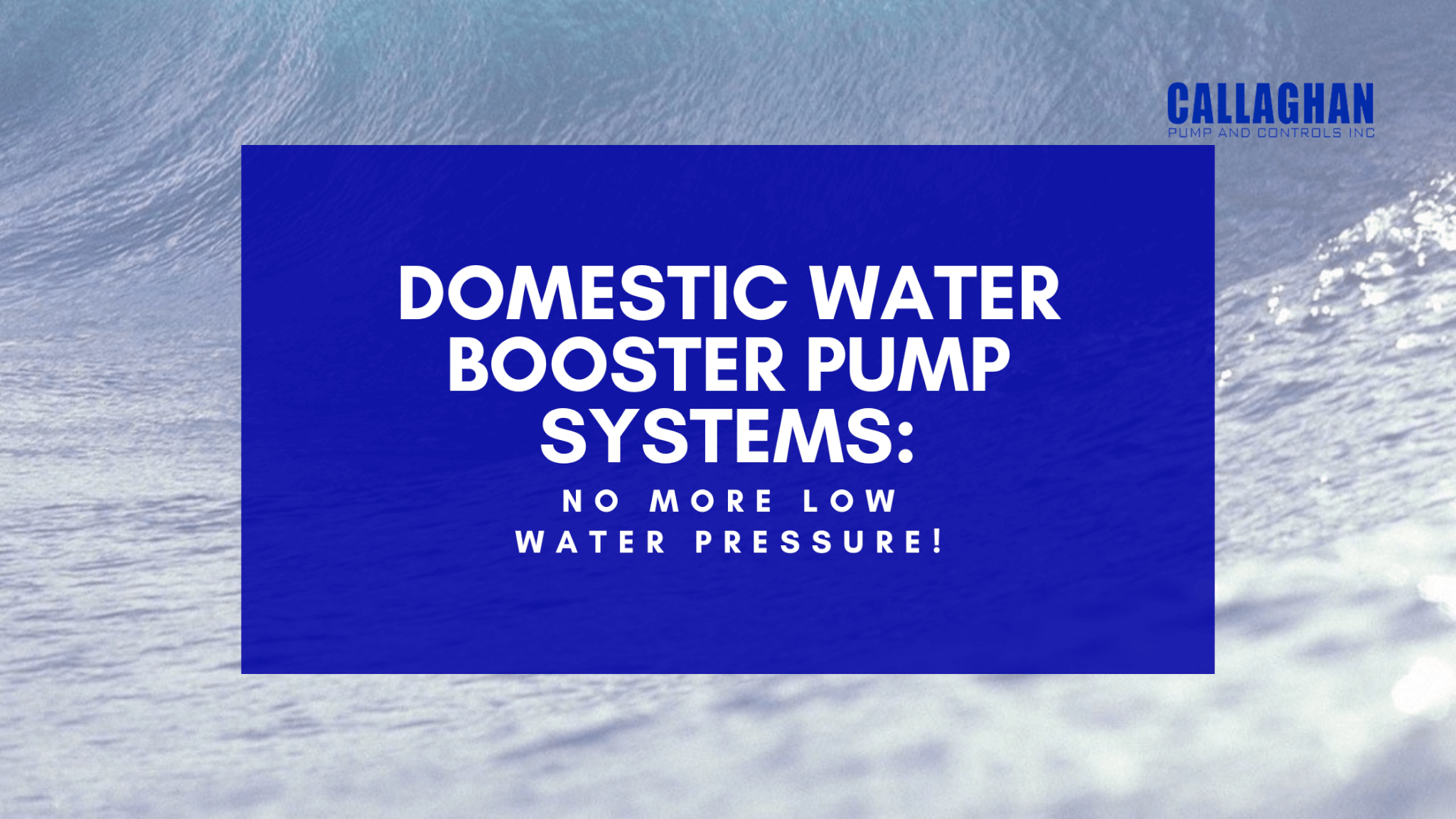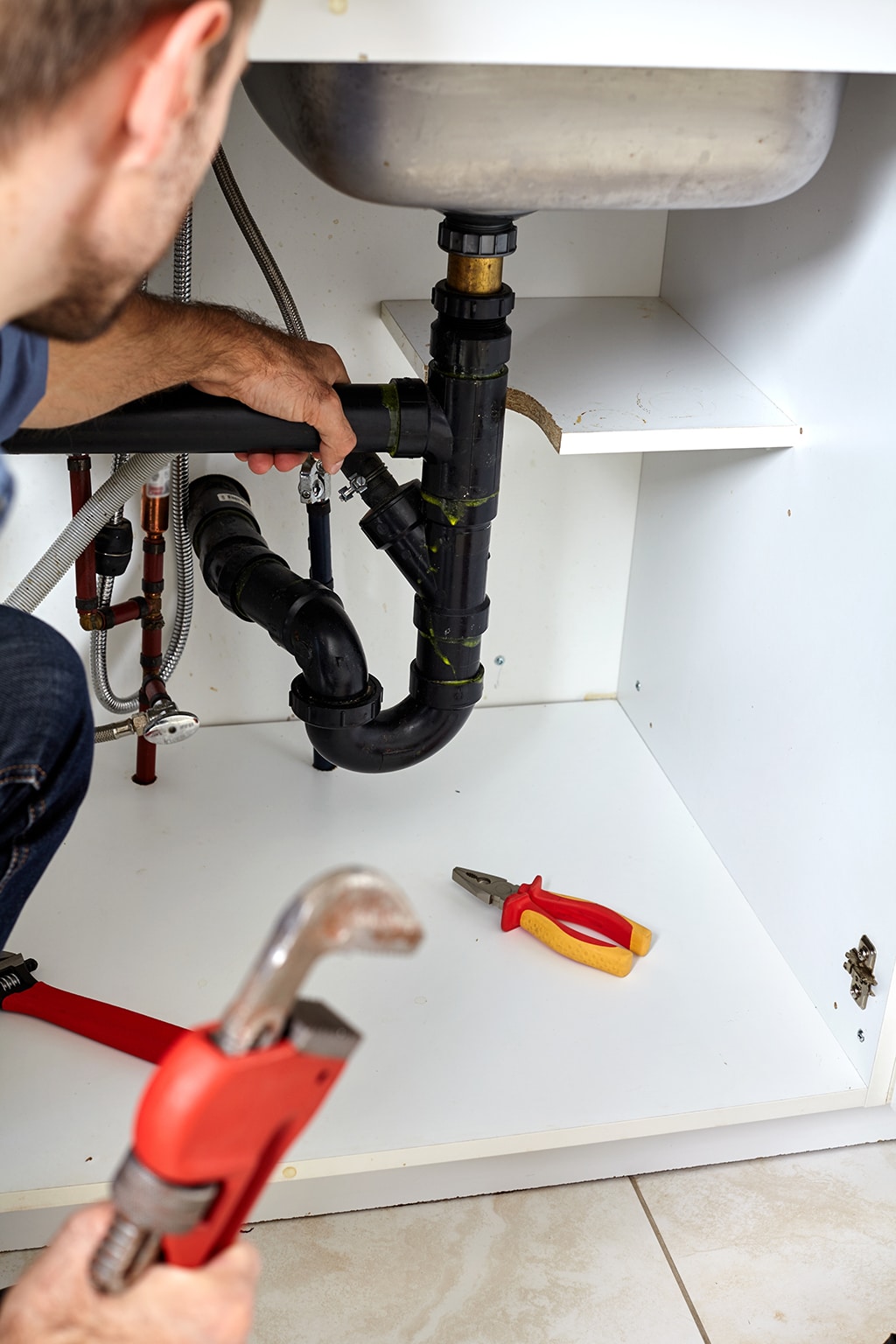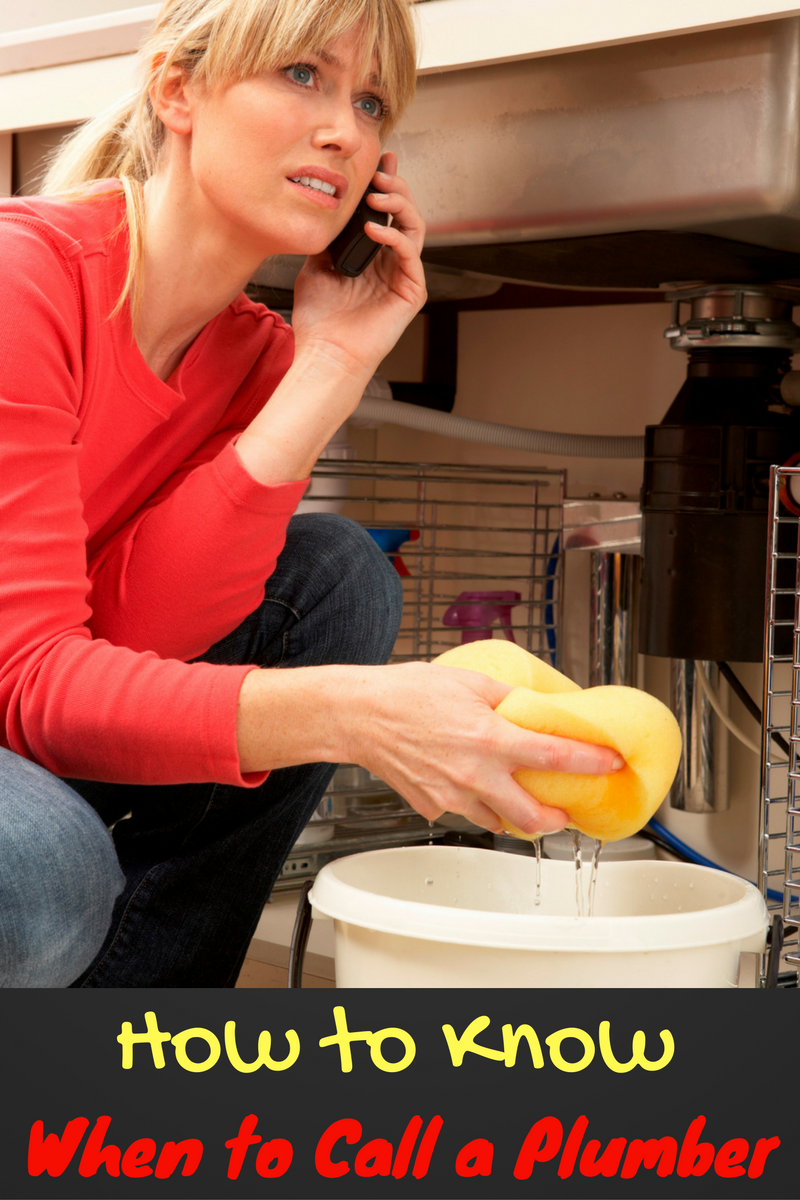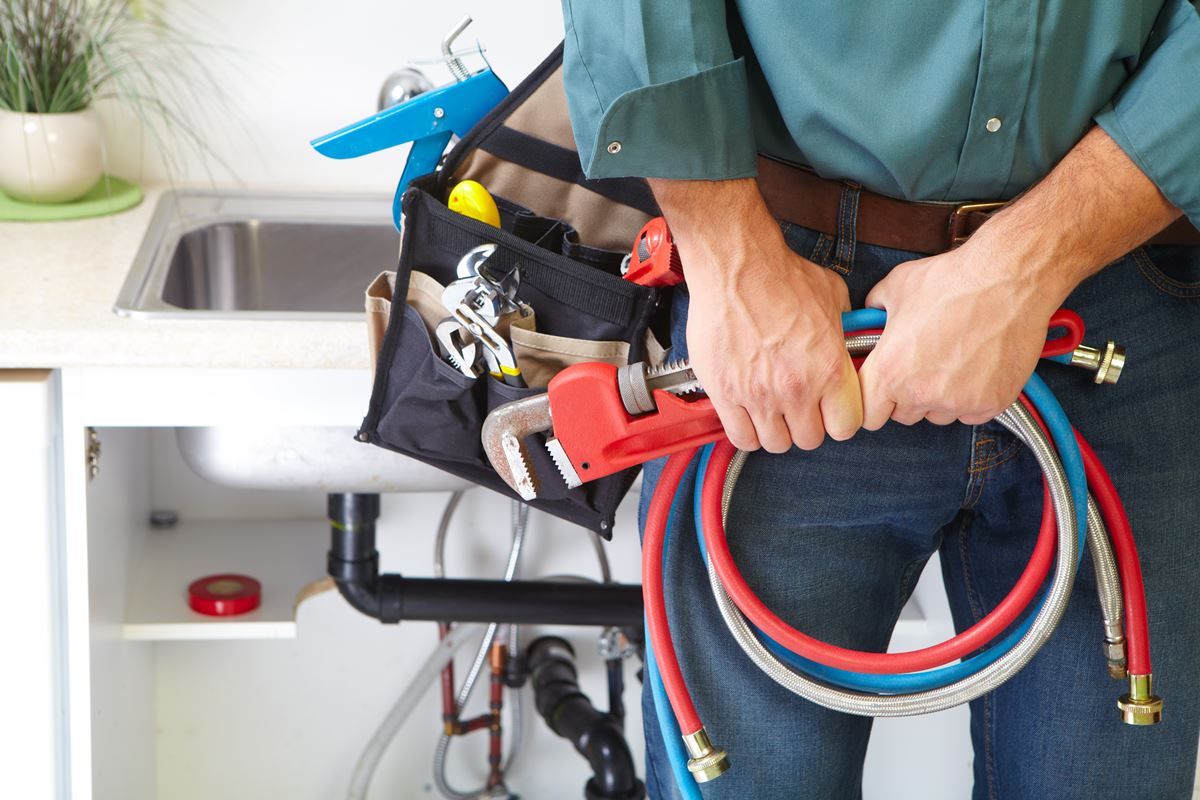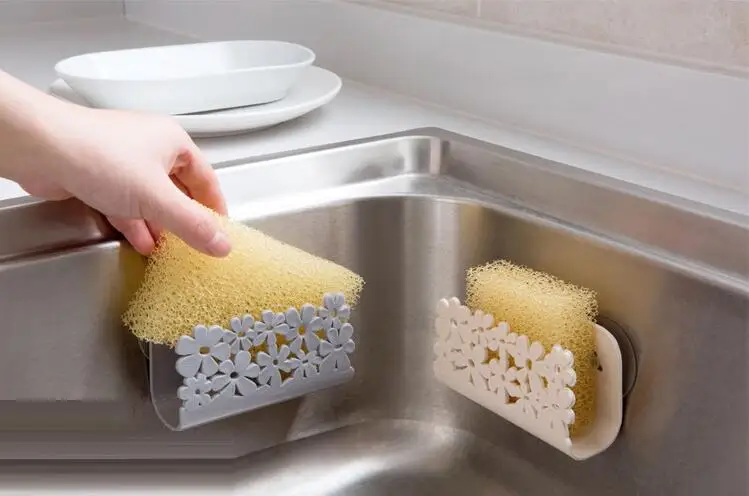If you're experiencing poor water pressure in your kitchen sink, the first thing you should check is the aerator. This small device is located at the end of your faucet and is responsible for mixing air with the water to create a steady flow. Over time, the aerator can become clogged with mineral deposits and debris, causing low water pressure. To check the aerator, simply unscrew it from the faucet and inspect it for any buildup. If you notice any blockages, you can clean it by soaking it in a solution of equal parts water and vinegar for 30 minutes. Afterward, use a toothbrush to gently scrub away any remaining residue. Once the aerator is clean, reattach it to the faucet and test the water pressure.1. Check the aerator
If the aerator is the source of your poor water pressure, cleaning it should solve the issue. However, if the water pressure is still low, you may need to replace the aerator altogether. You can find replacement aerators at most hardware or home improvement stores.2. Clean the aerator
The next step in troubleshooting poor water pressure in your kitchen sink is to check the water supply valve. This valve controls the flow of water into your home and can affect the water pressure if it's not fully opened. Make sure the valve is fully turned counterclockwise to allow maximum water flow.3. Check the water supply valve
Clogged pipes can also cause poor water pressure in your kitchen sink. To check for clogs, turn off the water supply valve and disconnect the pipes under the sink. Inspect the pipes for any buildup or blockages and clean them out if necessary. You can also use a drain snake to remove any clogs deep within the pipes.4. Check for clogs in the pipes
If your home has a water pressure regulator, it may be the cause of your low water pressure. This device controls the water pressure in your home and may need to be adjusted. Consult your user manual or call a professional plumber to help you adjust the water pressure regulator to the appropriate level for your home.5. Check the water pressure regulator
Leaks in your plumbing can also lead to poor water pressure in your kitchen sink. Check for any visible leaks under the sink and around the pipes. If you notice any leaks, they will need to be repaired or replaced by a professional plumber.6. Check for leaks in the pipes
If you're still experiencing poor water pressure in your kitchen sink, it's a good idea to check the water pressure in other faucets throughout your home. If the water pressure is low in all faucets, the issue may be with the main water supply line. If the water pressure is only low in the kitchen sink, the problem is likely isolated to that faucet.7. Check the water pressure in other faucets
If the water pressure is low in all faucets and fixtures, you may need to contact your water supplier to check the water pressure from the main supply line. If the pressure is low, they may be able to adjust it for you. However, if the pressure is normal, the issue may be with your home's plumbing system.8. Check the water pressure from the main supply line
If you consistently experience low water pressure in your kitchen sink, you may want to consider installing a water pressure booster pump. This device increases the water pressure in your home and can be installed by a professional plumber. It's an effective solution for homes with low water pressure due to their location or outdated plumbing systems.9. Consider installing a water pressure booster pump
If none of the above solutions seem to improve the water pressure in your kitchen sink, it's best to call a professional plumber for assistance. They will have the knowledge and tools to diagnose and resolve any issues with your plumbing system, ensuring you have consistent and adequate water pressure in your kitchen sink. Don't let poor water pressure in your kitchen sink slow you down. By following these tips and seeking professional help when needed, you can enjoy a strong and steady flow of water for all your kitchen needs.10. Call a plumber for professional assistance
The Importance of Proper Water Pressure in Your Kitchen Sink

Why is water pressure important?
 When it comes to household chores and cooking, having proper water pressure in your kitchen sink is crucial.
Poor water pressure
can make simple tasks like washing dishes, filling up pots, and rinsing fruits and vegetables a frustrating and time-consuming experience. It can also affect the efficiency of your appliances, such as your dishwasher and garbage disposal.
Low water pressure
can also indicate underlying issues with your plumbing system, which can lead to costly repairs in the future.
When it comes to household chores and cooking, having proper water pressure in your kitchen sink is crucial.
Poor water pressure
can make simple tasks like washing dishes, filling up pots, and rinsing fruits and vegetables a frustrating and time-consuming experience. It can also affect the efficiency of your appliances, such as your dishwasher and garbage disposal.
Low water pressure
can also indicate underlying issues with your plumbing system, which can lead to costly repairs in the future.
Common Causes of Poor Water Pressure
 There are several reasons why you may be experiencing
poor water pressure in your kitchen sink
. One of the most common causes is
mineral buildup
in your pipes, which can restrict the flow of water. This can happen over time due to hard water or old pipes. Another possible cause is a
leak
in your plumbing system, which can cause a decrease in water pressure. A
clogged aerator
in your faucet can also be the culprit. This small mesh screen at the end of your faucet can become clogged with debris, affecting the flow of water.
There are several reasons why you may be experiencing
poor water pressure in your kitchen sink
. One of the most common causes is
mineral buildup
in your pipes, which can restrict the flow of water. This can happen over time due to hard water or old pipes. Another possible cause is a
leak
in your plumbing system, which can cause a decrease in water pressure. A
clogged aerator
in your faucet can also be the culprit. This small mesh screen at the end of your faucet can become clogged with debris, affecting the flow of water.
Solutions for Improving Water Pressure
 Fortunately, there are steps you can take to
improve water pressure in your kitchen sink
. If the issue is mineral buildup, you may need to hire a professional plumber to
flush
your pipes and remove the buildup. You can also install a
water softener
to prevent future mineral buildup. If a leak is the cause, it's important to have it
repaired
as soon as possible to prevent further damage to your plumbing system. A clogged aerator can easily be
cleaned
by unscrewing it from your faucet and soaking it in a solution of water and vinegar.
Fortunately, there are steps you can take to
improve water pressure in your kitchen sink
. If the issue is mineral buildup, you may need to hire a professional plumber to
flush
your pipes and remove the buildup. You can also install a
water softener
to prevent future mineral buildup. If a leak is the cause, it's important to have it
repaired
as soon as possible to prevent further damage to your plumbing system. A clogged aerator can easily be
cleaned
by unscrewing it from your faucet and soaking it in a solution of water and vinegar.
Conclusion
 Poor water pressure in your kitchen sink
may seem like a minor inconvenience, but it can greatly impact your daily tasks and the overall efficiency of your home. By understanding the common causes and solutions for low water pressure, you can take the necessary steps to ensure a steady and strong flow of water in your kitchen sink. Remember to regularly maintain your plumbing system and address any issues promptly to avoid costly repairs in the future.
Poor water pressure in your kitchen sink
may seem like a minor inconvenience, but it can greatly impact your daily tasks and the overall efficiency of your home. By understanding the common causes and solutions for low water pressure, you can take the necessary steps to ensure a steady and strong flow of water in your kitchen sink. Remember to regularly maintain your plumbing system and address any issues promptly to avoid costly repairs in the future.


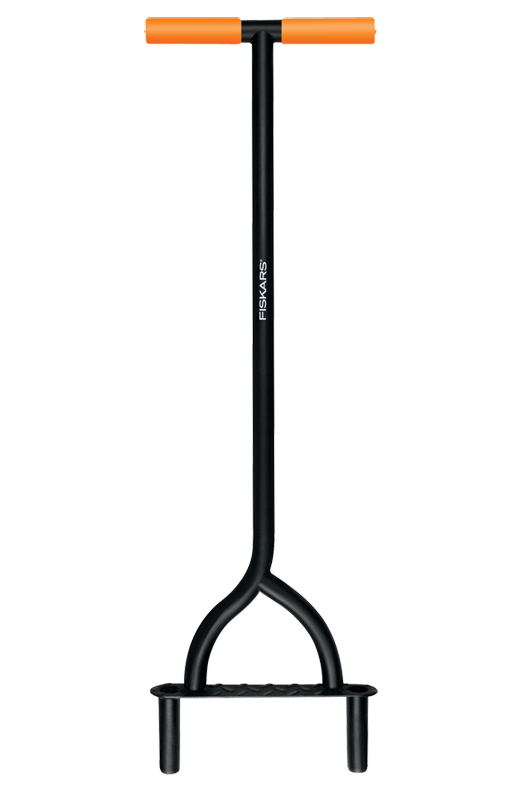

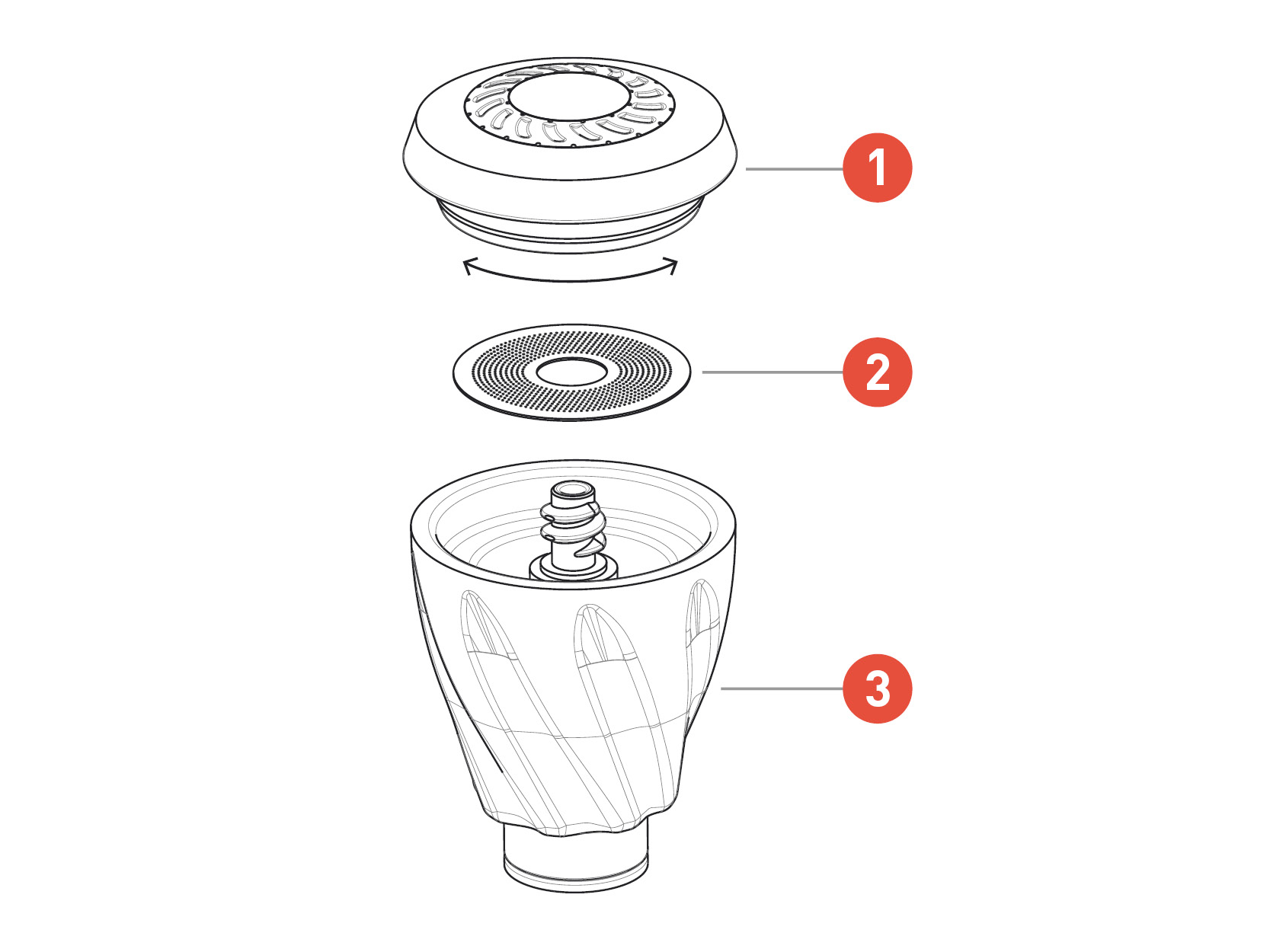

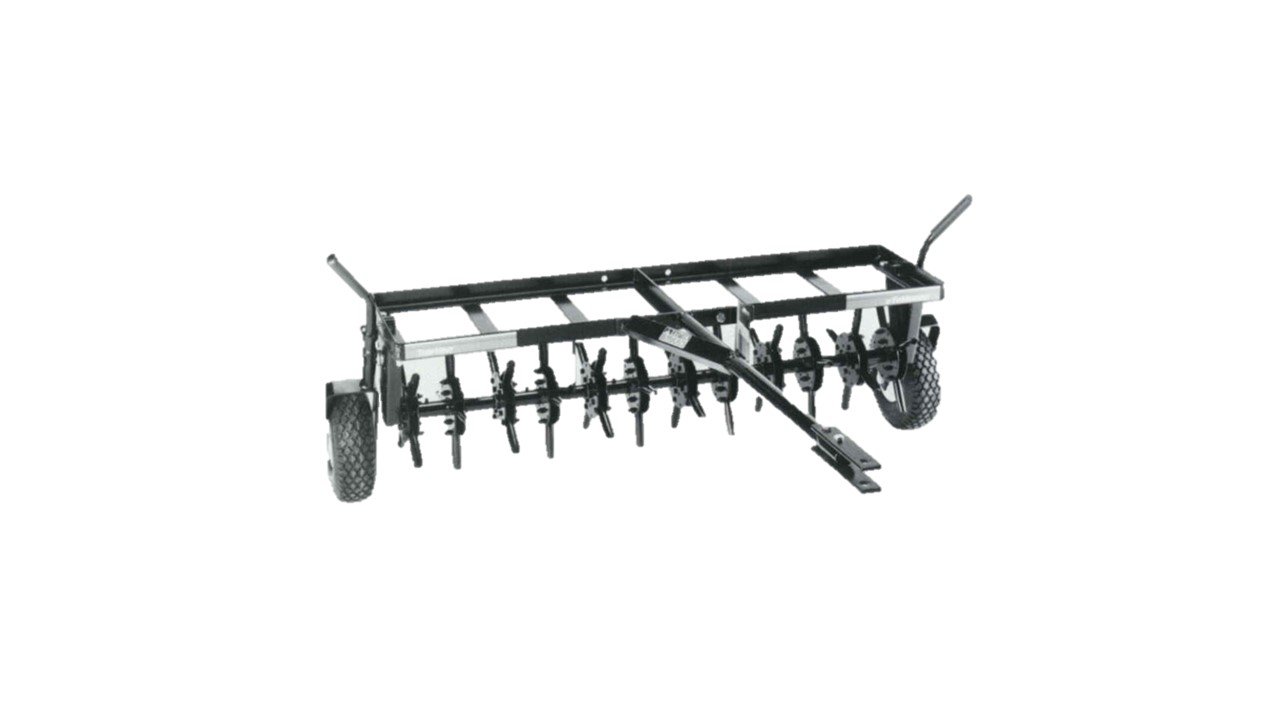

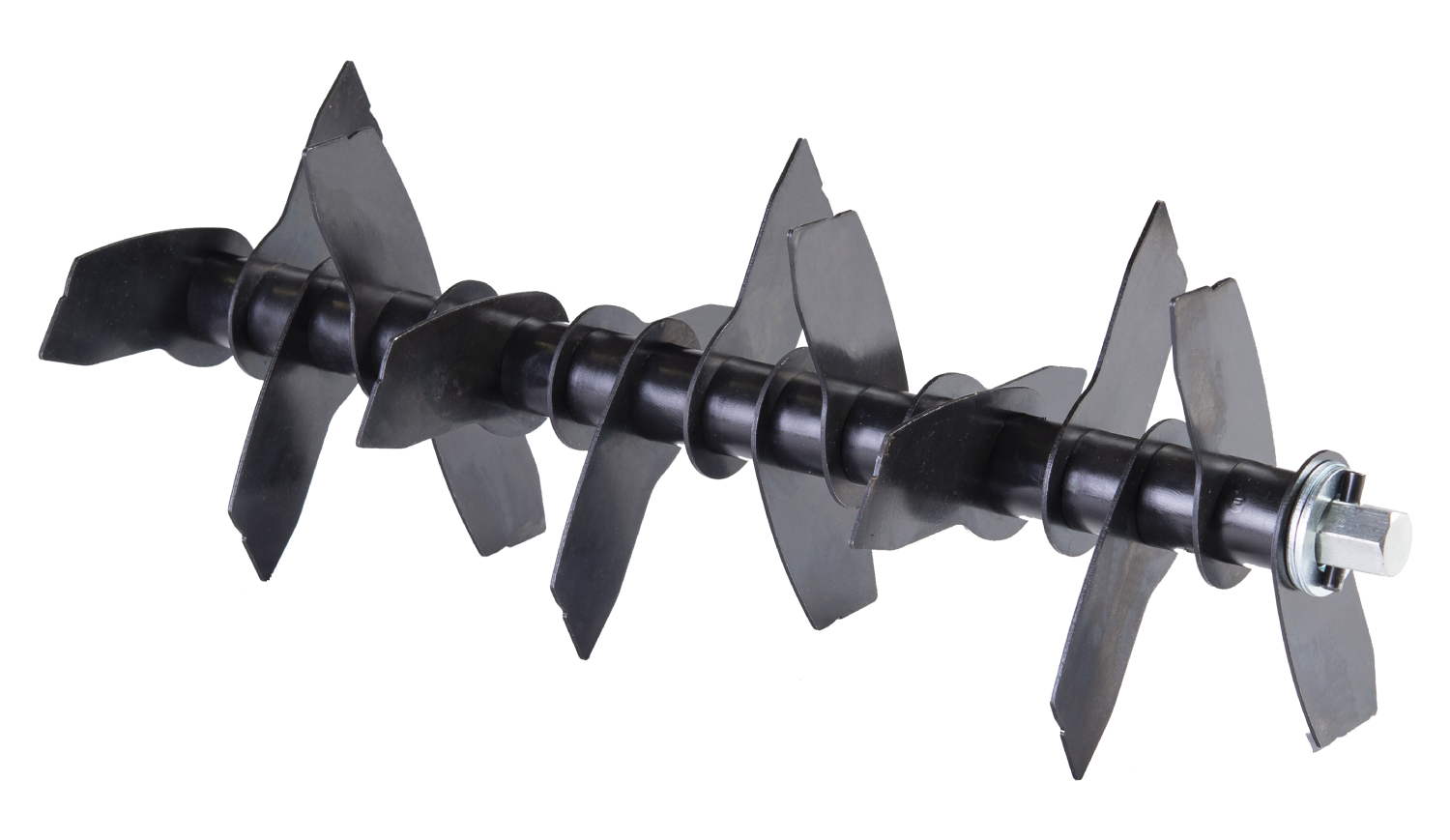

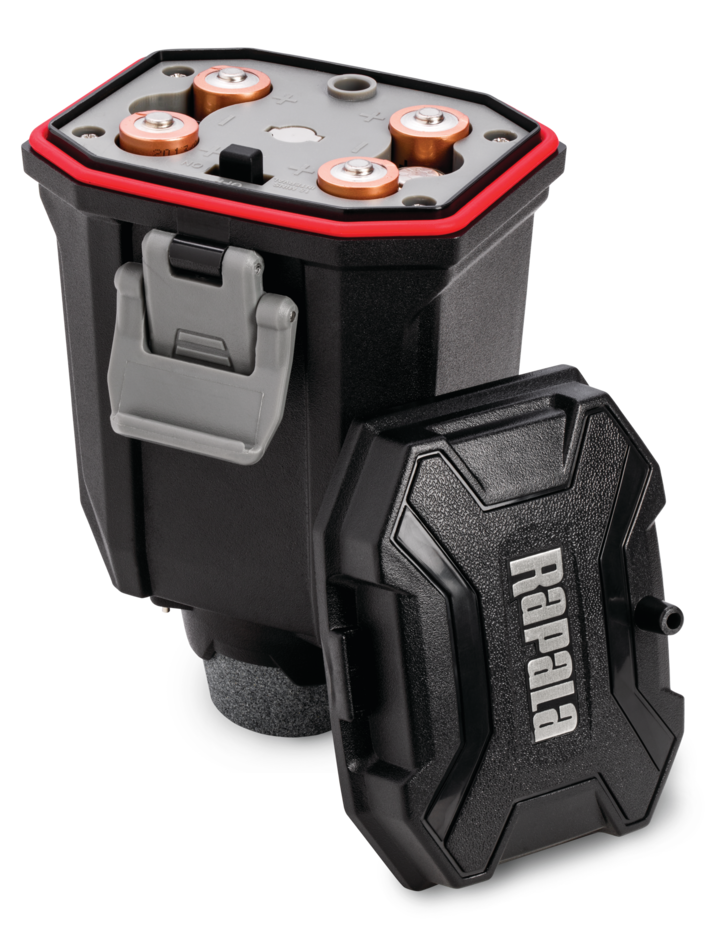



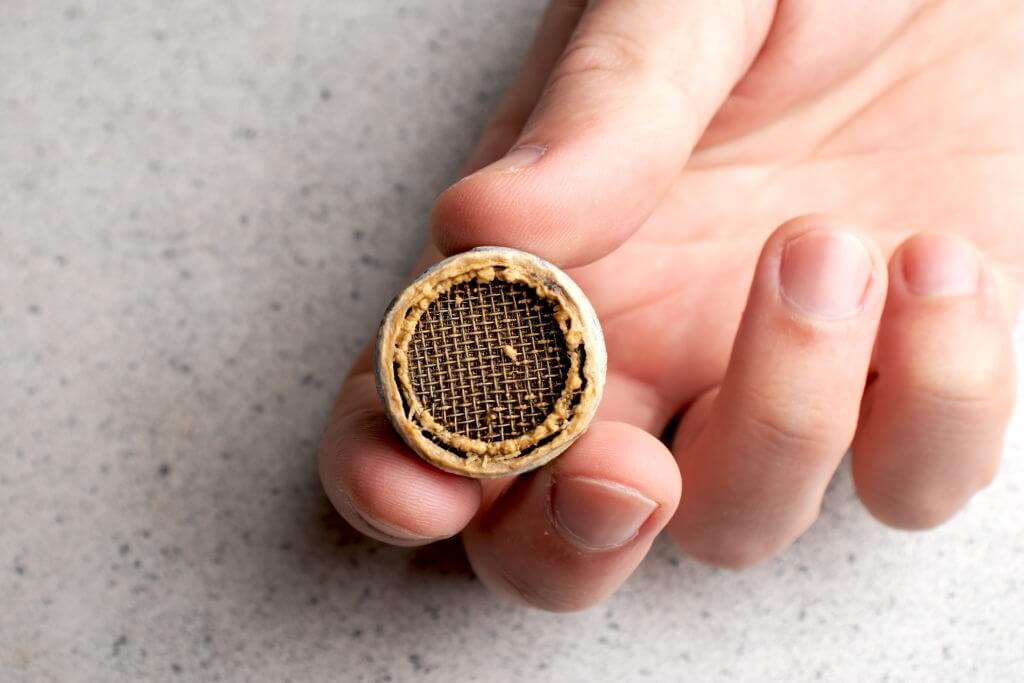

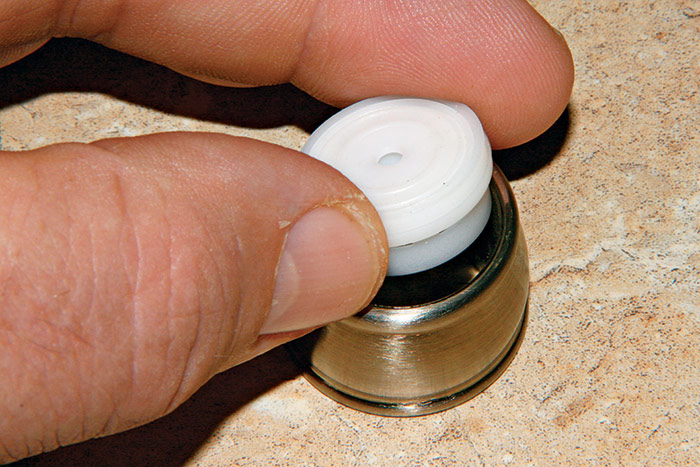
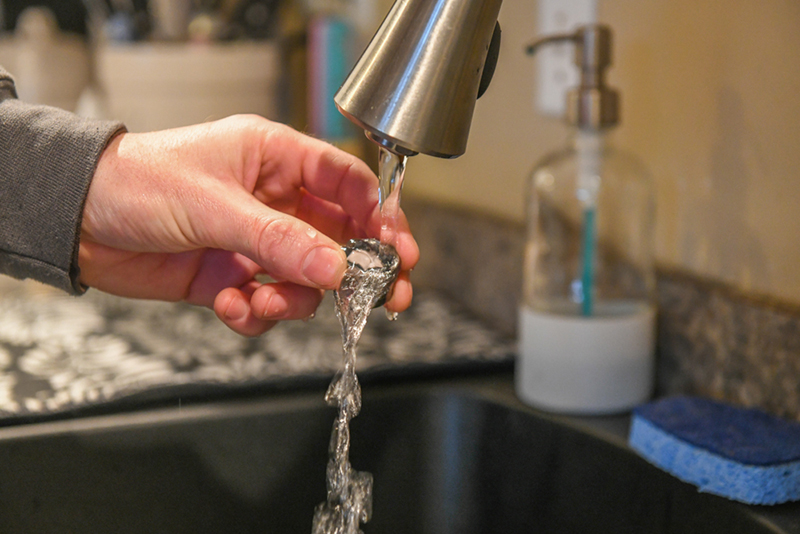
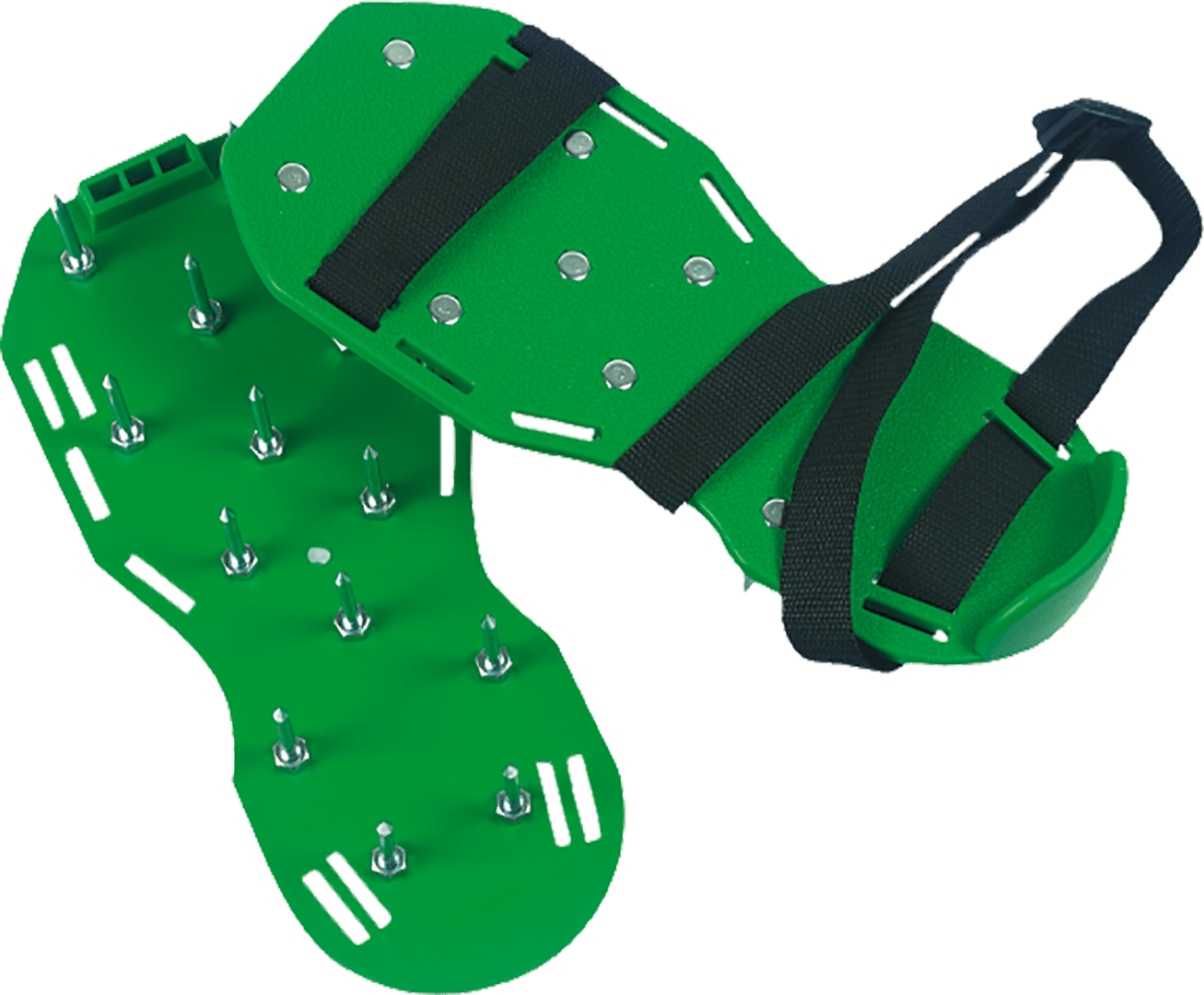







:max_bytes(150000):strip_icc()/GettyImages-1057621140-78ab2e946841421d9a7efeebe02935d2.jpg)











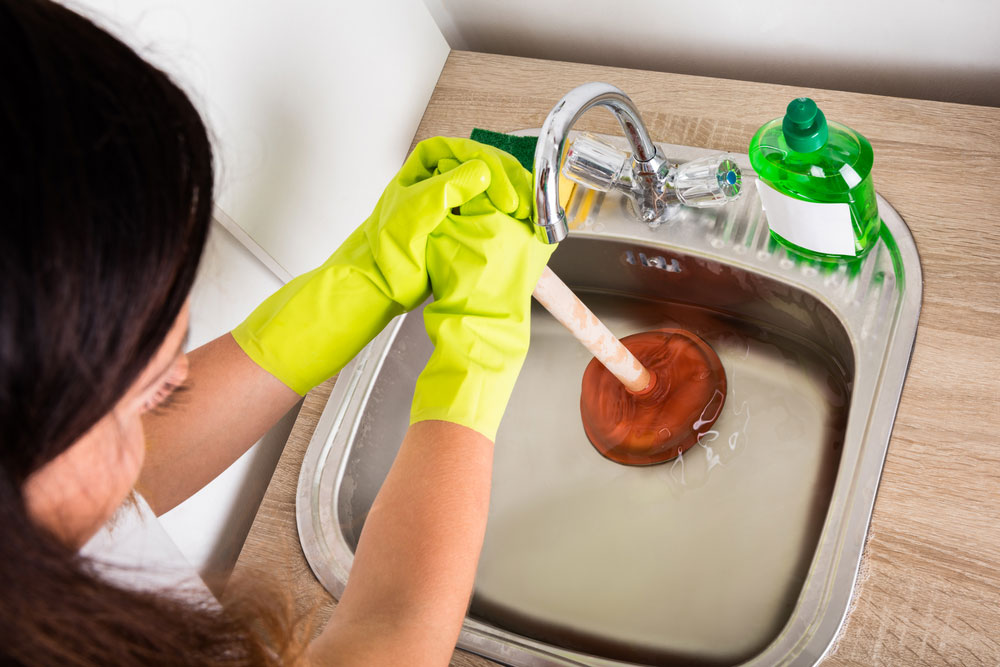




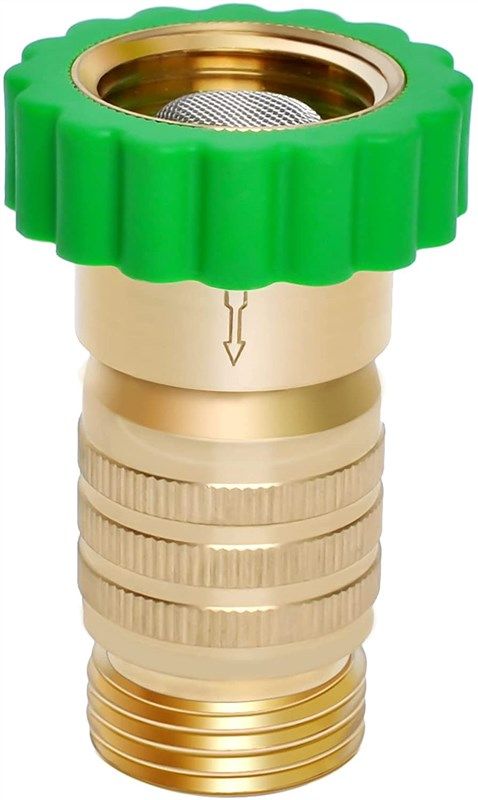



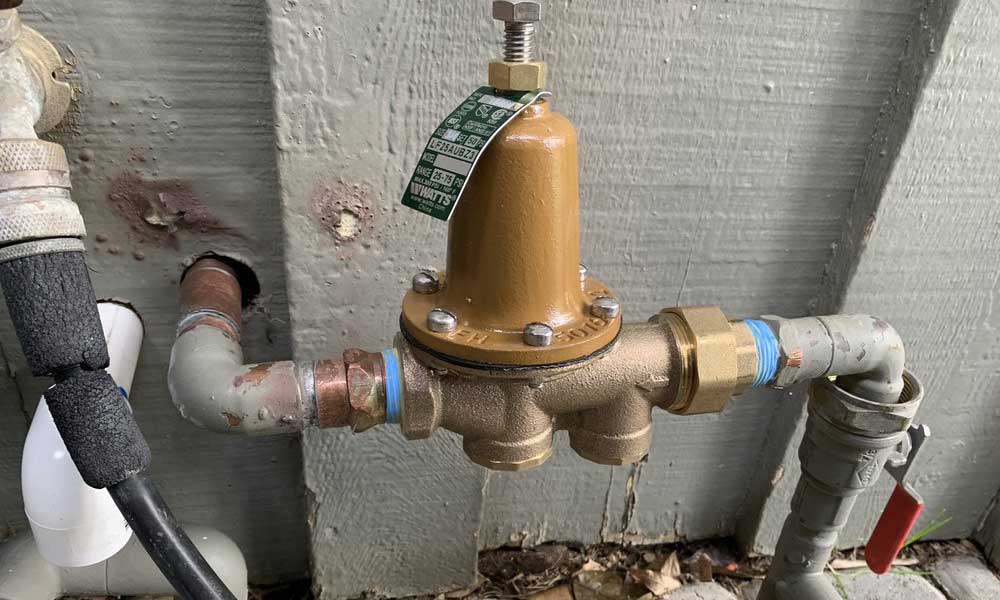


:max_bytes(150000):strip_icc()/testing-water-pressure-in-your-home-2718692-hero-98f45508ca5d44b6b551034ac5cedab5.jpg)
:max_bytes(150000):strip_icc()/the-men-s-hand-opens-the-ball-valve-on-the-collector-1006810456-5c5fc73fc9e77c000159c4af.jpg)




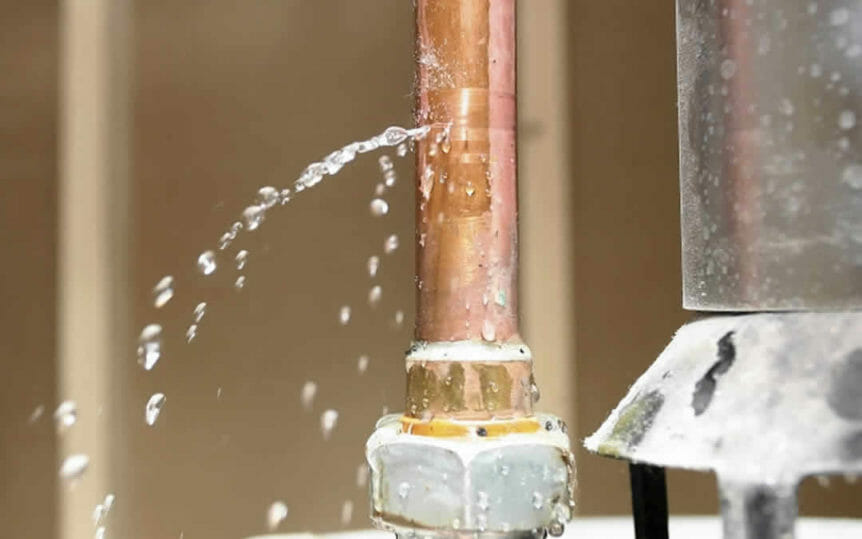

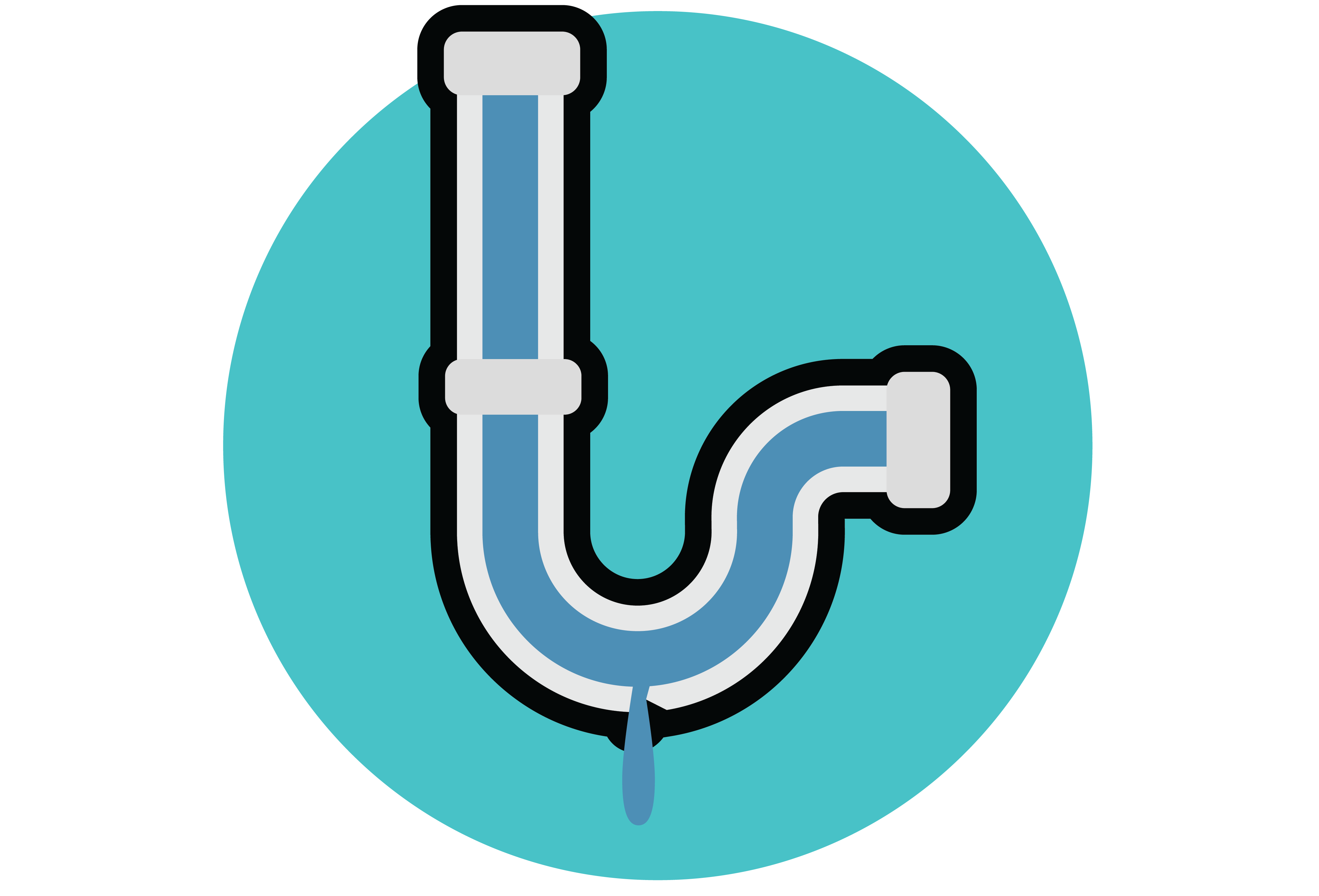

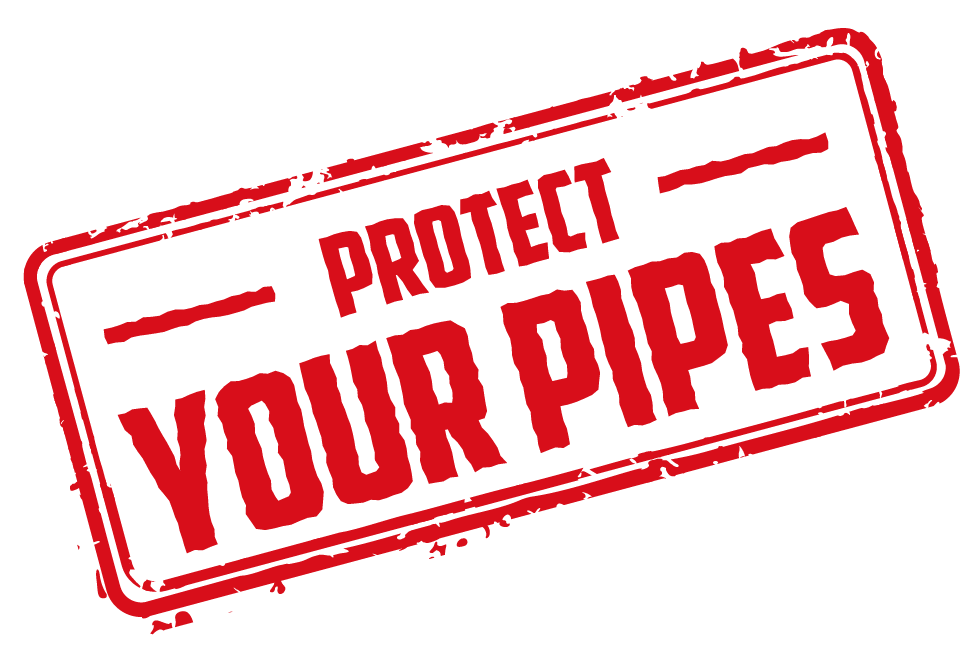


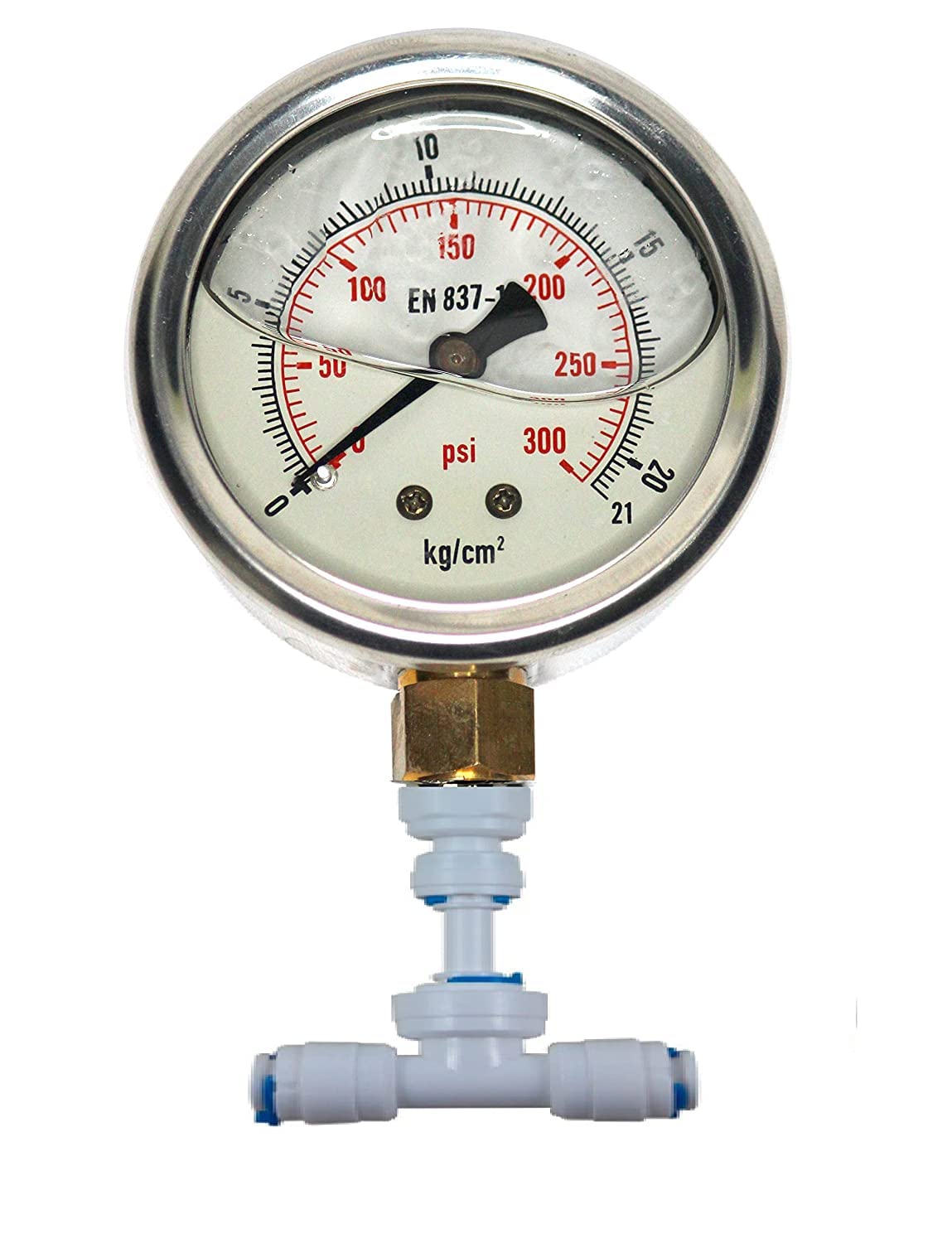




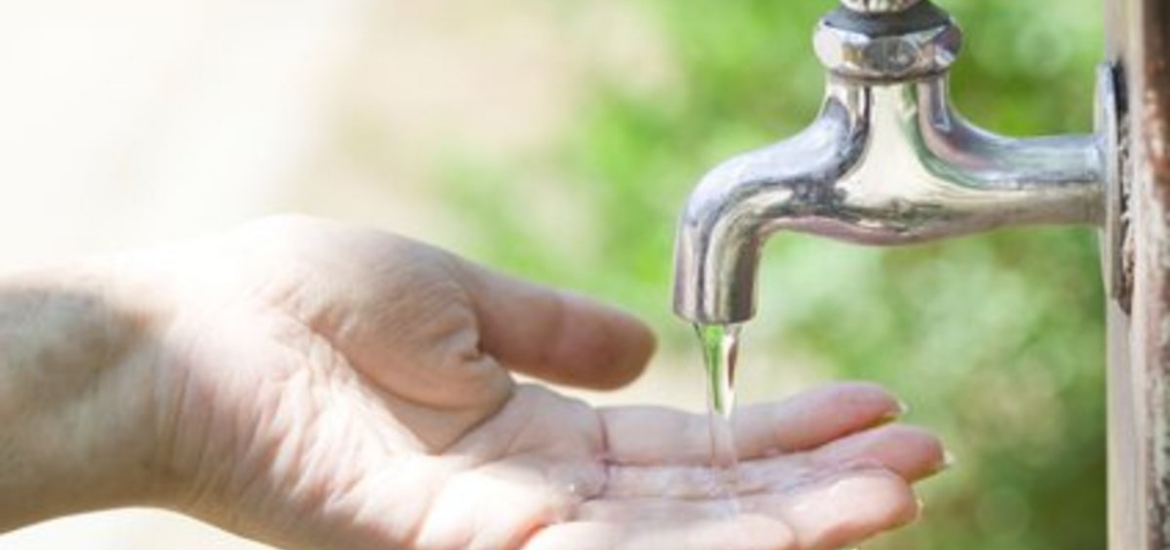


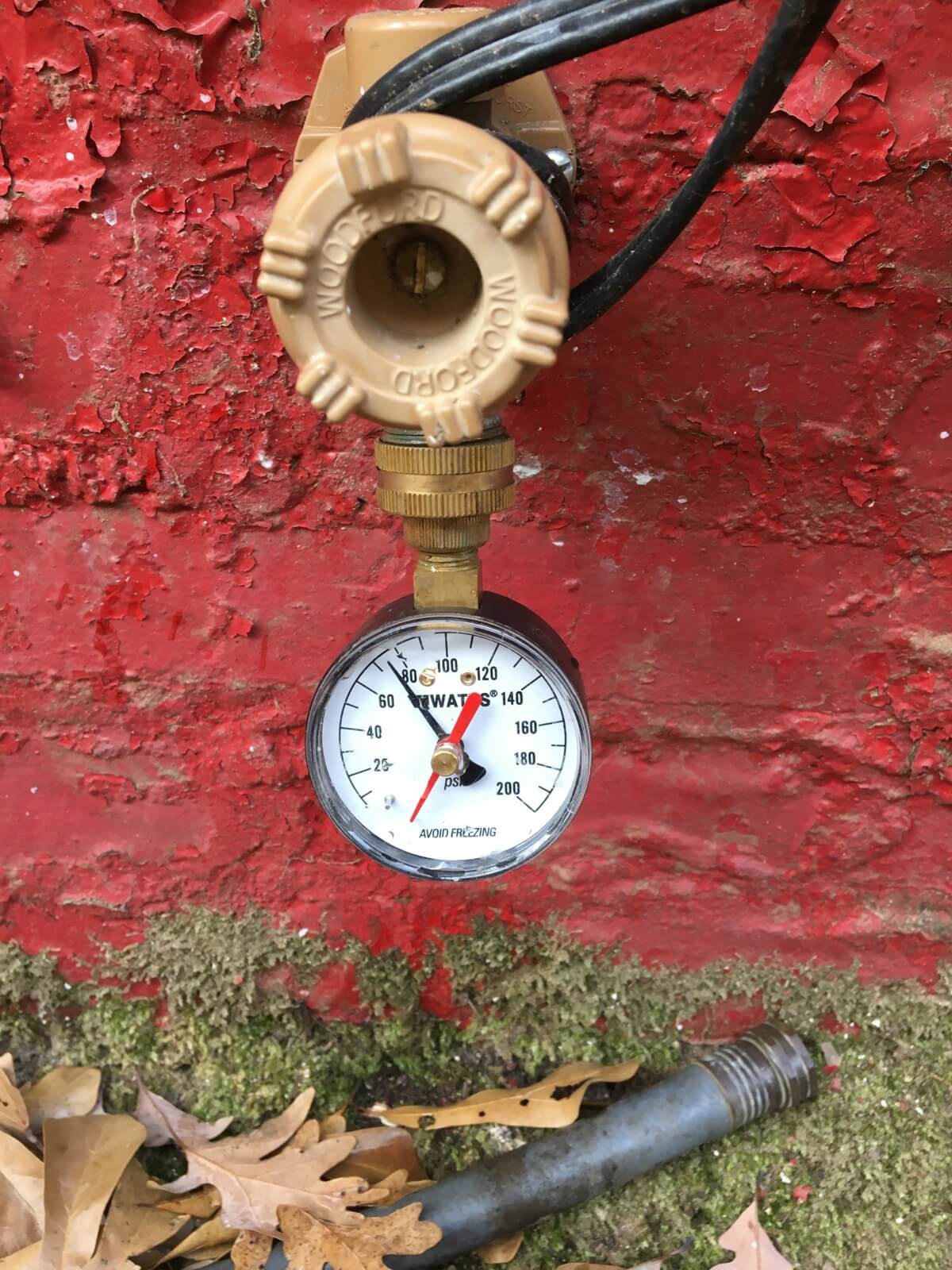

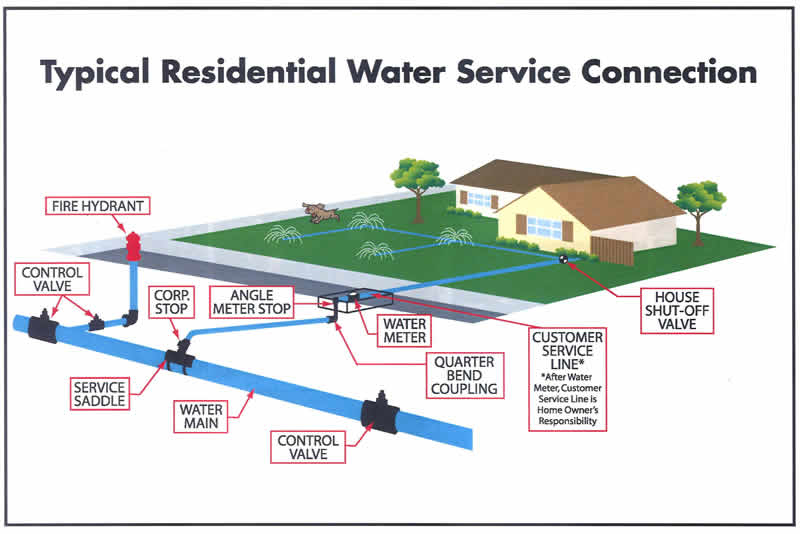

/testing-water-pressure-in-your-home-2718692-hero-98f45508ca5d44b6b551034ac5cedab5.jpg)
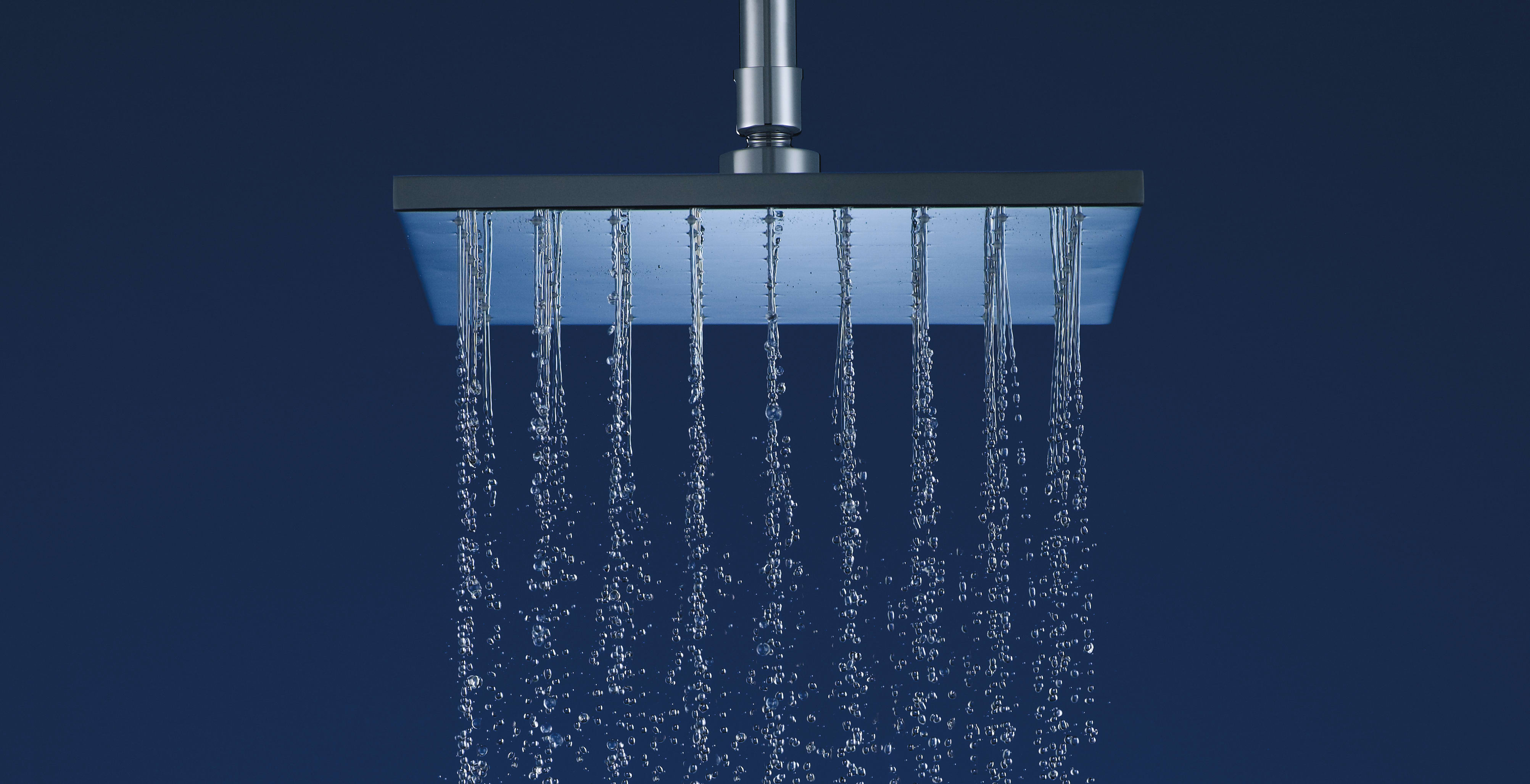
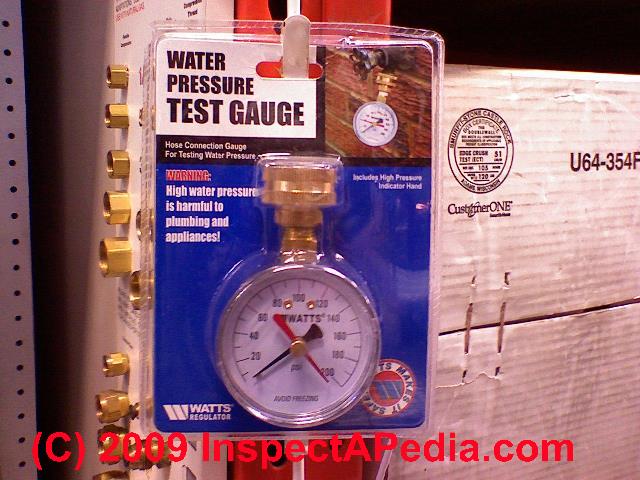

:max_bytes(150000):strip_icc()/testing-water-pressure-in-your-home-2718692-04-c37ab3236d0d4b61b87079ebf9ef823e-c1e1ef0104fb44778a287bd9bb5ec140.jpeg)

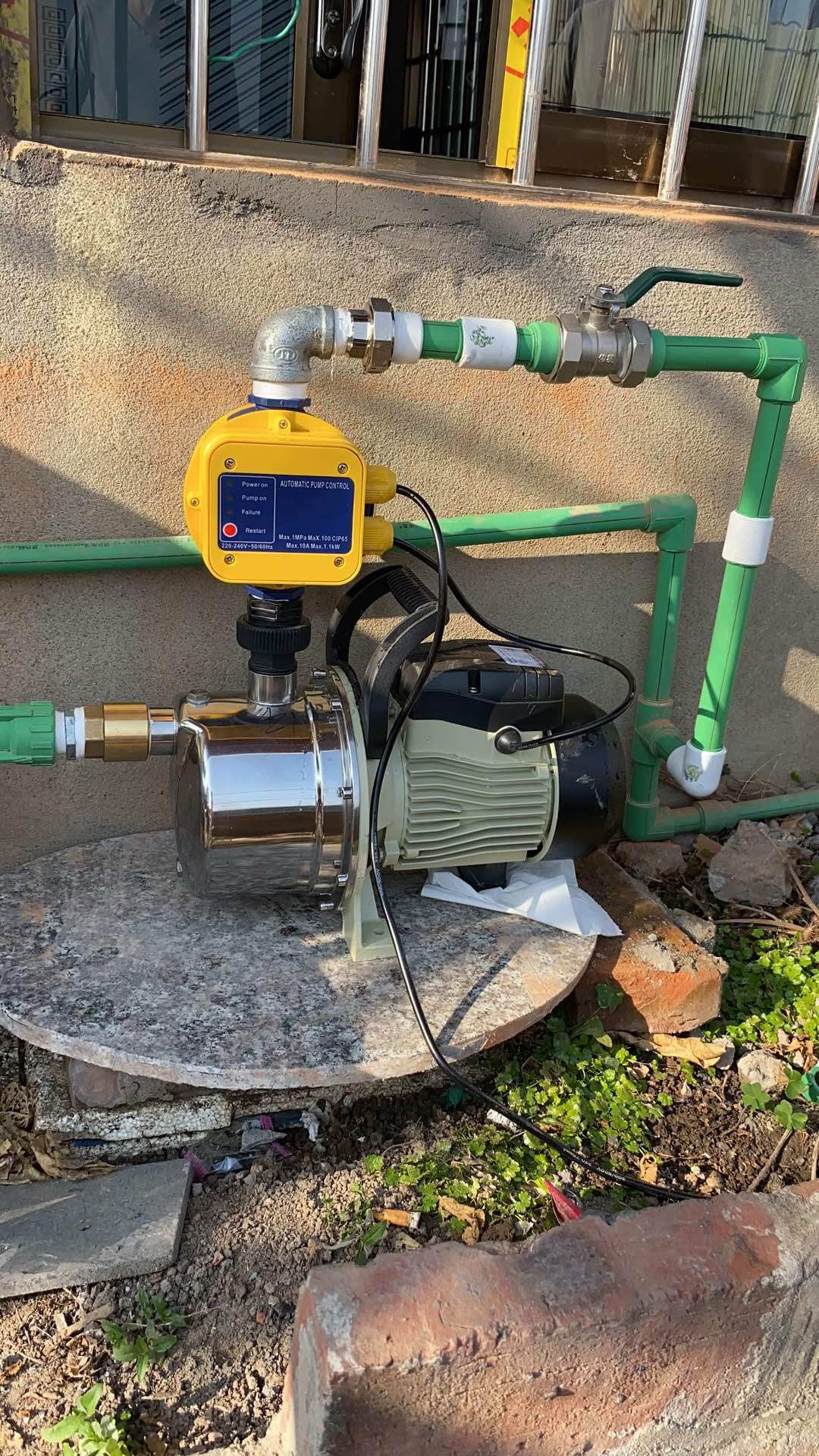


-844-p.jpg?v=ede30092-5775-434a-b8ca-07306b3bbe53)





